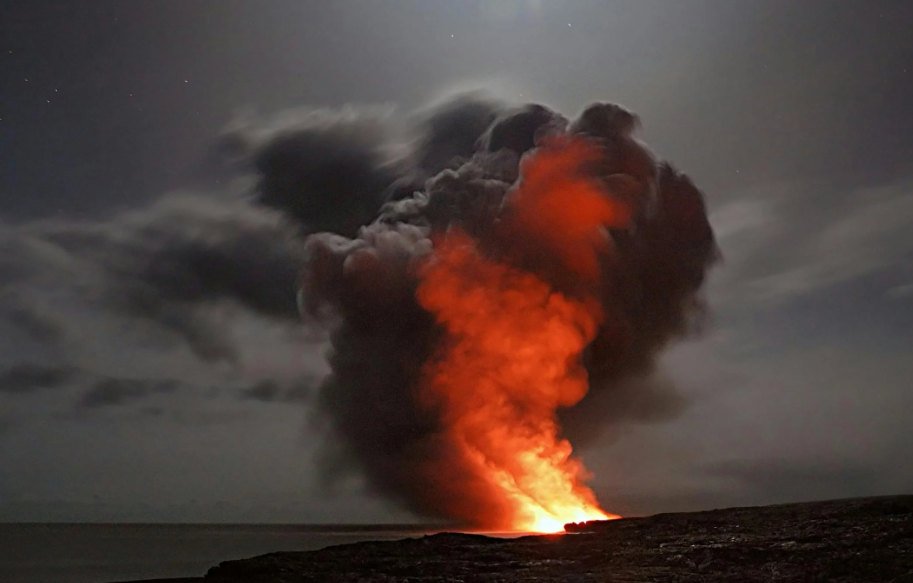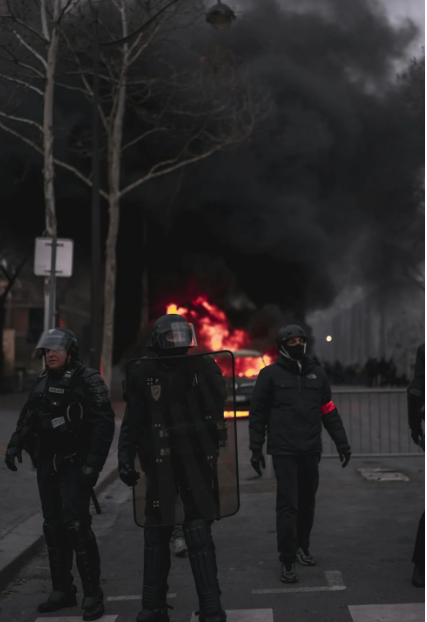Where Can Americans Hide if WWIII Goes Nuclear?

© Pixabay / Pexels
In light of recent global tensions—including U.S. strikes on Iranian nuclear sites—public anxiety about WWIII and nuclear escalation is rising.
A site called TruePrepper lists thousands of former Cold War–era fallout shelters still scattered across major U.S. cities like New York, Washington, Boston, Dallas, and Detroit. Many of these structures, originally built into schools, libraries, and government buildings, remain intact, though their kitschy signage may be the only visible clue they’re bunkers.
Mapping Your Nearest Fallout Shelter
TruePrepper’s interactive maps, compiled from Cold War archives and Google Maps data, allow users to locate their closest officially designated fallout shelter. However, not every region has adequate coverage—Florida’s entire southern region, with 6.4 million people, has only three shelters in Miami. Shelter concentration is highest in states like New York, Maryland, Michigan, Texas, and Wisconsin.

Do Shelters Actually Help?
Experts warn that shelters cannot survive initial blasts, shockwaves, or extreme heat. Instead, their purpose is to protect against radioactive fallout—the lingering gamma, beta, and alpha particles released post-detonation. To offer effective protection, they must meet certain standards: thick concrete or steel shielding (equivalent to several meters of soil), filtered ventilation, stable power and water supply, and stocked supplies for potentially months at a time .
What Makes a Good Fallout Shelter?
- Shielding is critical—standard materials include concrete, packed earth, or even multiple floors of solid buildings.
- Ventilation must filter fallout-contaminated air, not simply circulate it.
- Supplies for weeks to months—food, water, sanitation, and medical needs must be stocked, as many shelters no longer contain original 1960s rations .
- Space and comfort—Overcrowding increases risk—from stress to disease—making space planning crucial .
Best vs. Worst Places to Survive
Real estate and survival experts suggest that mid-sized cities, especially those with abundant bunkers like Kansas City (which ranks high in prepared basements), offer better odds than dense urban centres. Conversely, New York City and Los Angeles, despite having many shelters, pose dangers due to overcrowding, resource scarcity, and evacuation difficulties .
Private Bunkers: A Booming but Misleading Market
The surge in private bunker sales—ranging from basic metal shelters to luxury underground mansions—reflects growing anxiety. However, analysts caution that while they help with psychological comfort, these structures offer limited protection post-blast and may instill a false sense of security. Experts argue that global efforts toward nuclear disarmament remain the only true long-term safeguard.

What You Can Do Now
- Locate your nearest public shelter using TruePrepper before an emergency arises.
- Assemble a “go-bag”: include 2 weeks’ supplies, a battery-powered radio, a radiation detector, N95 masks, potassium iodide, and hygiene items.
- Learn immediate safety protocols: follow the 30/30 rule—seek cover if lightning takes less than 30 seconds to thunder, and wait at least 30 minutes after the last blast sound to leave shelter .
You might also want to read: UK & Starmer Prepare as Iran‑Israel Tensions Spark WWIII Fears


